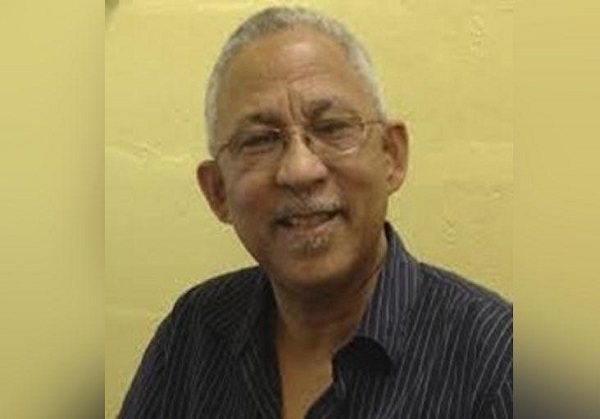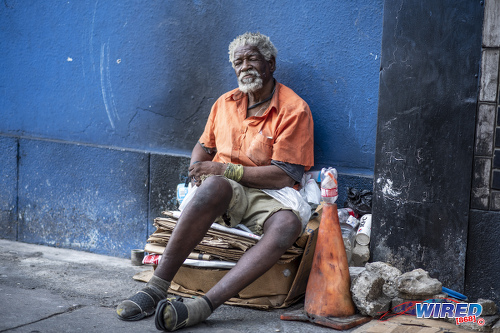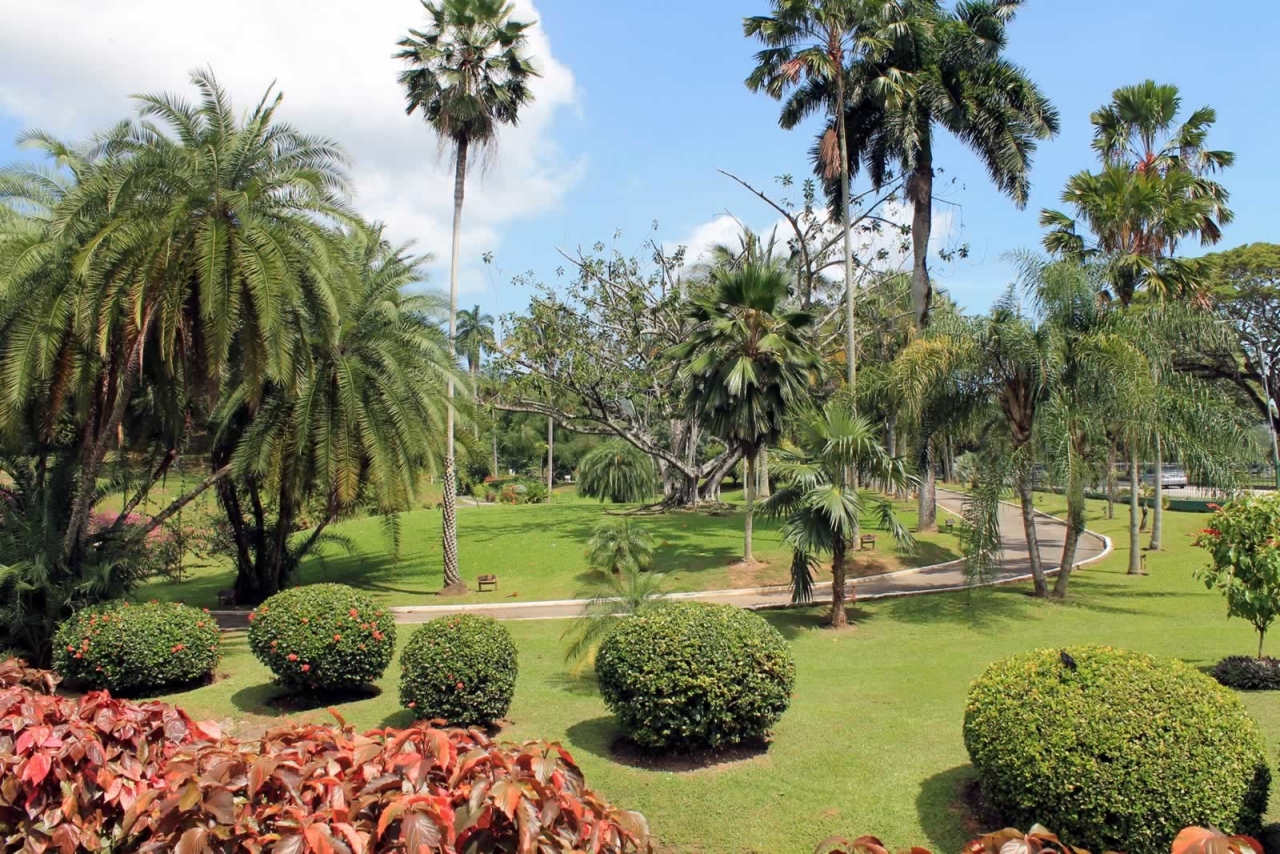Have you ever wondered how your favourite food store decides where to locate your neighbourhood store? They use information—like what the health ministry uses—about the country: where our people live, their habits and the roadways they are likely to use.
Maps in such systems contain useful information but, more importantly, can be updated quickly. It allows the user to ‘dig’ for more information to make quicker and more informed decisions. It facilitates fast collaborative work with analysts.

The Ministry of Health showed two maps in the press conference of 2 April. This is a commendable demonstration of good faith and fulfilled a promise made to the media the day before.
These maps showed two things: firstly, where persons infected with the virus are and secondly, the primary and secondary contact information for only 10 infected cases. The maps, which were not clearly reproduced nor fully detailed, show that isolation is important.
With more information, a more compelling case can be made. For example, it would be helpful had there been directional arrows to show the ‘flow’ of the contact traces. This absence means that there is need for some assumptions in building the understanding available through the provision of the maps.
Having the detail about the original doctors and hospitals visited would have added interesting dimensions and light to the data. It, nonetheless, shows that, in Trinidad, living in an urban setting and where one travels to work create the risks. The main lesson we should take away is ‘stay home, stay safe’.
The other point, which the CMO was at pains to point out, is that since we do not have a full data set, it is likely that the number of primary and secondary contacts will expand. This means we are presently not off the hook. The problem may be even more significant. This is the unsettling issue.
At the time of the press conference, the number of confirmed cases was 50 (excluding the cruisers), and the data presented in the second map was based on 10 cases. This means that there is need for more resources to do the tracing.

Testing was by appointment only. (Copyright AP Photo/Nati Harnik)
As noted in an earlier post, the scale, speed and the chaotic dynamic nature of this virus narrow the window of opportunity for action by the Ministry of Health. This information, nonetheless, supports the ministry’s advice to practice ‘social distancing’ and to ‘stay at home’. However, because it is limited data, we ought to be aware that things can change rapidly.
Looking, for instance, at the Arima cases, we would note that they affected Sangre Grande, which is the hub for the communities on the east coast. While there are no infections at this time, it means that we need to be monitoring Sangre Grande carefully. It runs the risk of further infections in an area where the health facilities are not sterling, and the people are less able to go quickly for help.
Presently, both the entire east coast and the north coast are clear. However, in the latter case, while the Diego Martin valley has a larger number of cases, the weak link appears to be the Maraval valley.
That valley is boxed in by the Diego Martin and Santa Cruz valleys. It is the gateway to the north coast for those coming out of west Trinidad or those north coast folks coming into the Port of Spain end of the East-West Corridor.
The high-income areas may act as a buffer, but the Maraval residents are apartment dwellers with a relatively high dependence on restaurants etc and work in professional jobs in Port of Spain and beyond. There is a concentration of expatriates.
A look at the heat map developed in collaboration with my colleague Barry Jaggernauth shows the overall national picture. A heat map shows easily the places that require attention.

The lesson here is that natural roadways and traffic appear to extend the reach of the virus. This is why we need to stay off the roads. We are exposing ourselves, and we are carrying the germ.
Remember that you can have it but not have symptoms. So, you can believe you are in good health until you are quarantined.
Take the Siparia/Penal area: one secondary case appears to be linked to the San Fernando area, but it appears to be very well confined. But there is another case without that link. Presumably, the person had what is termed an ‘imported’ case and stayed at home.
The absence of data for the other two cases—Penal and Barrackpore—do not tell us whether the literature about political affiliations and compliance with advice (Blair et al, 2017) applies in our country. There has been no contact tracing and we should not rely on the news reports about the activities of a Pundit in the general area. At all times, we should be careful not to rumour monger since the hysteria does not help.
The direct link between Port of Spain/Arima and Pt Lisas/San Fernando is unsurprising because of established work history patterns. What is interesting and worthy of further investigation is the Southern Main Road connection that runs down into Chaguanas and then to Couva. That density of contacts—not cases—can bear insights into how the infection may or may not be spread.
Worrisome is the middle of the East-West Corridor (the heart of the light industrial estates and food distribution hub), which has the densest interactions. The TTMA must ensure that only ‘essential’ workers in their factories are out to work and that they extend their ‘night transport’ arrangements to the other shifts to minimise the risk posed by public transport. This can potentially shut down our food distribution chain.

(Copyright AP Photo/Nardus Engelbrecht)
The other fascinating nugget is that the primary contact for an Arima infection who is in central (it appears to be in the Caratal/Gasparillo area) did not go to Chaguanas or Couva (the natural shopping centres) but remained isolated. It would be fascinating to unearth the reason for no further contact or infection.
The secondary cases in the Otaheite/Vessigny areas appear to be familial. This is why it is said that visiting family is risky in this environment, especially if there are elders.
Based on the 10 infected cases, it appears that our rate of contact is high. Each person had about 3.5 primary contacts and another 4.8 secondary contacts. The data supports the need for self-isolation in light of our desire to lime.
But it also addresses the social habit we have of not observing personal space. We have to stop invading personal space to have a conversation or stop being so close that you are breathing down the neck of the person in front of you in the line.
It is abundantly clear that the Ministry of Health is doing the right thing to promote isolation. It will only work if we obey. We can beat it. Stay home! Do not get weary of being home and give up!

Noble Philip, a retired business executive, is trying to interpret Jesus’ relationships with the poor and rich among us. A Seeker, not a Saint.
 Wired868 Wired868 for smart sport news and opinion
Wired868 Wired868 for smart sport news and opinion






